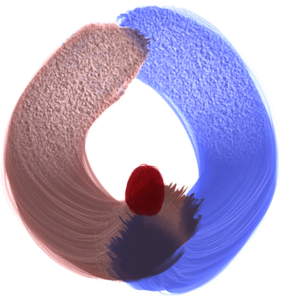Years of compounded burnout can lead to serious, long-term health issues.
In times of crisis, our ability to function is vital for survival. Throughout history, humanity has developed skills to confront adversity, whether facing war, natural disasters, or personal challenges.
However, when does this ability to function become a means of evading our emotions? It’s a delicate balance that’s often hard to discern. How can we tell when we’re working to avoid our feelings?
In Singapore, we’ve grown up in a culture that prizes achievement through sacrifice and nurtures perfectionism.
While being able to function under any circumstance is a valuable skill, it can also be harmful. It can lead to burnout, chronic fatigue, and exhaustion, even if we get enough rest. Often, we only realize the extent of this burnout after years of accumulation.
Prolonged burnout can result in heart attacks, disease, chronic illnesses, and a pervasive sense of bitterness and resentment—traits sometimes seen in those who are constantly agitated or angry. Long-term reliance on workaholic habits is unsustainable.
You have the choice to step back from your workaholic tendencies and resist filling every moment with ‘productivity’ just to feel accomplished. Beneath that drive, there’s often a desire to disconnect from oneself because it’s sometimes easier.
So, how do we recognise when we’re on the edge of burnout?
What strategies can we use to counteract this?
Our bodies are our most potent tools for transformation.
They are our first homes, the primary indicators of our health, our reservoirs of experience, our main informational hubs, and our direct links to deeper self-connection. Building a connection with our bodies is the bridge to meaningful change.
For some, connecting with the body isn’t easy, and seeking guidance from someone well-versed in bodily intelligence can be invaluable. This is what led me to explore body-based therapeutic approaches, as a cognitive approach alone proved insufficient.
Deep change always involves the body.
Create space to connect with your body—explore Biodynamic Somatic Therapy (in-person) or an Embodiment Mentorship (online).











